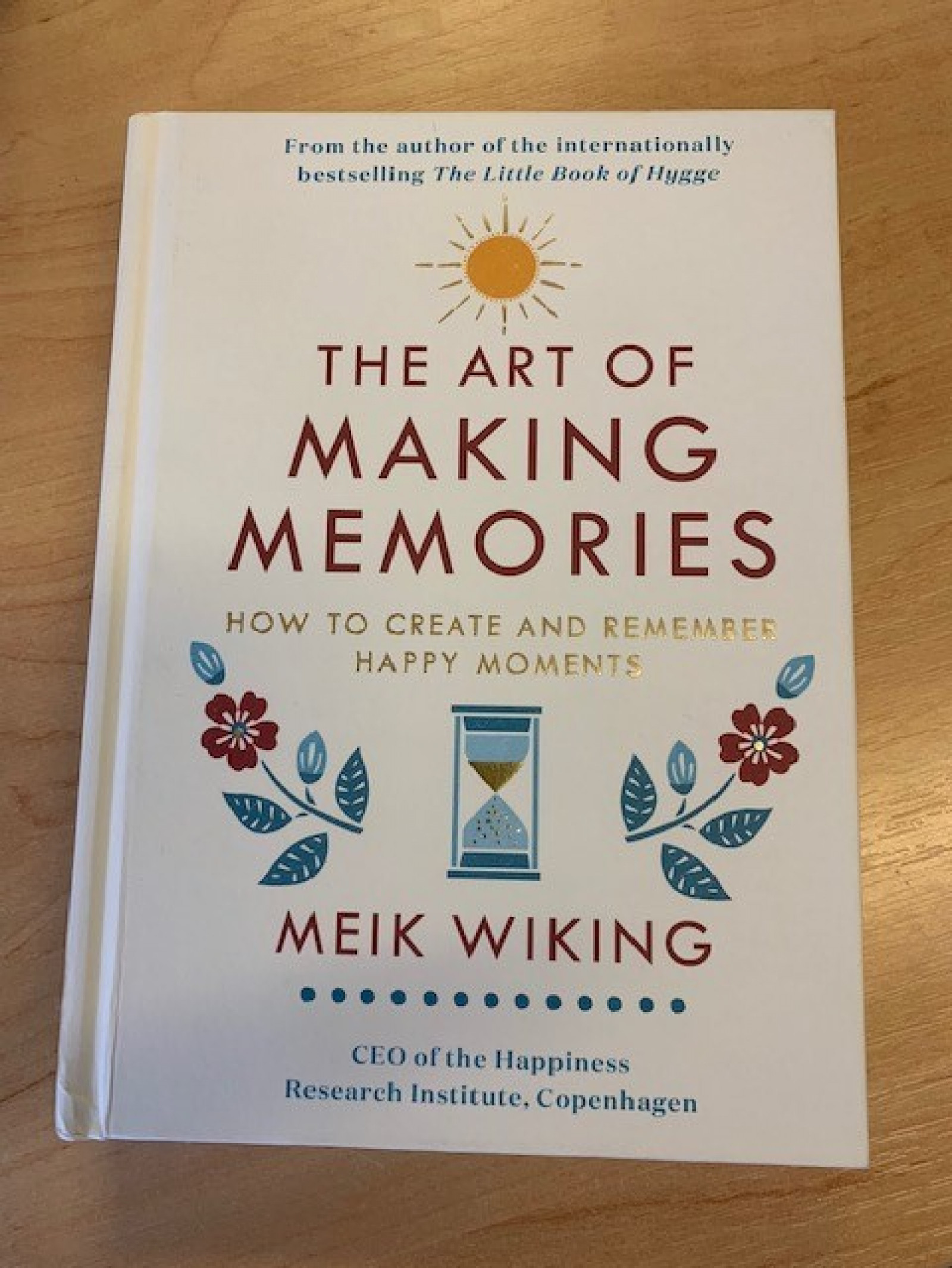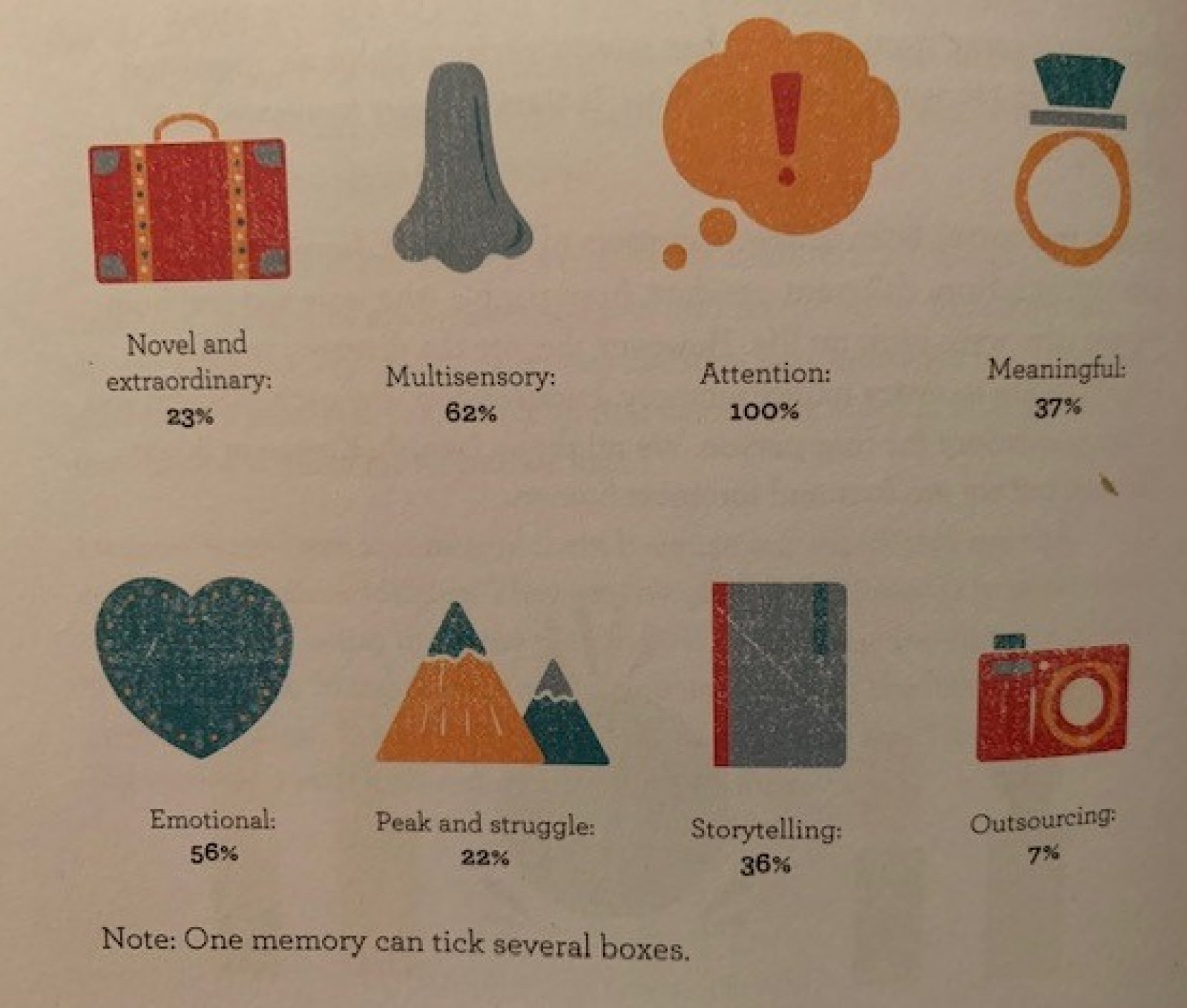The art of making memories: how to create and remember happy moments
Back to all

Our Cuimhne Coordinator Zibiah Loakthar writes:
In my favourite bookshop this week I came across “The Art of Making Memories: How to Create and Remember Happy Moments” by Meik Wiking (Penguin Life 2019)
It is a book full of ideas about how to create happy memories and be better at holding on to them.
The author, Meik Wiking, is the Chief Executive of the Happiness Research Institute in Copenhagen. This is a thinktank that aims to make subjective wellbeing part of public policy debate, exploring why some societies are happier than others. Its mission is to improve quality of life for citizens across the world.
How would you answer the question “What is the first happy memory that comes to your mind”?
Well, in 2018 the Happiness Research Insitute, collected over 1,000 responses from people from all over the world to this question for a Happy Memory Study. Analysing these responses and searching for common patterns, it appears that people particularly remembered experiences that were novel (such as visiting a country for the first time), meaningful (such as a wedding), emotional (such as first kisses) and that engaged the senses (such as seeing, smelling and tasting a childhood dish), see below.

More images from inside book
From the study findings, Wiking has created a Memory Manifesto, proposing the following eight ingredients for happy memories:

Images inside book
This book is engaging and easy to read, suggesting ways we may be able to help ourselves hold on to happy memories. Wiking suggests that retelling happy anecdotes over spaced intervals of time and writing down our memories in journals can be helpful. Taking photos and videos of what we wish to remember on our phones can be helpful, but not if by doing so we stop paying proper attention to the moments we are trying to capture.
However, what is interesting is that instead of just suggesting ways of remembering memories of things we have already experienced, Wiking is also encouraging us to think ahead and plan experiences that will be more easily memorable!
Pushing ourselves to visit a place we have never been to before may help us remember that experience in the future. Paying attention to scent, sound texture or taste, or deliberately linking a scent to an experience through choice of perfume, may help us in creating a unique memory trigger to recall that experience in future. I was fascinated to read here how the artist Andy Warhol, whom Wiking describes as the “arch enemy of Marie Kondo” switched perfume all the time to preserve memories attached with each scent!
The book does not address the subject of dementia. However, it does offer some interesting insight into the way our memory may work and what we may be able to do to hold onto more of the memories that make us happier.